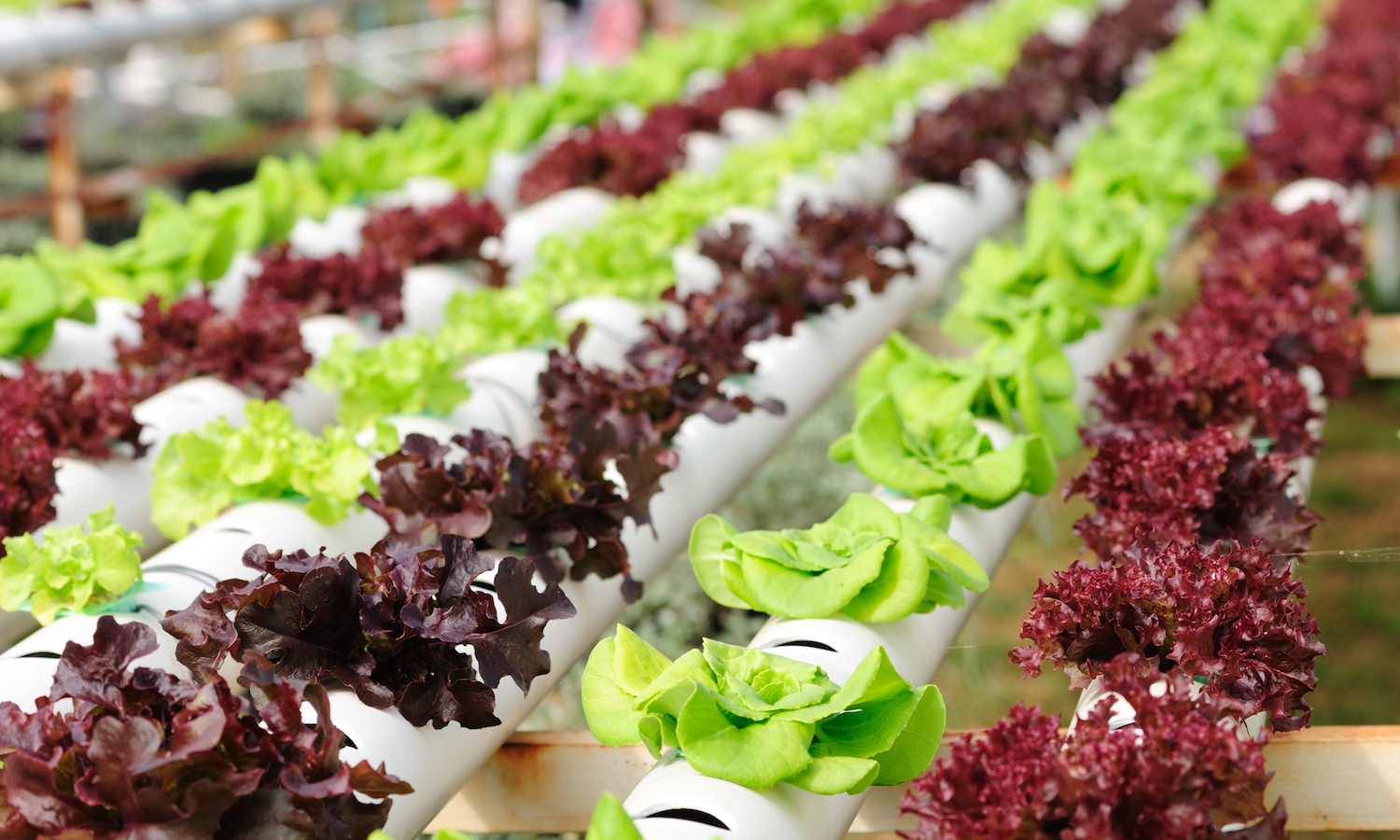During a virtual panel on digital and physical food security organized by Food Tank and the Refresh Working Group, experts discussed how technology can equitably improve food security.
Moderated by Food Tank President Danielle Nierenberg, and journalist Chloe Sorvino of Forbes, the event is part of a weeklong series about the intersection of food and technology. Panelists include: Tatiana Garcia, Co-Founder and COO of The Common Market; Chris Roper, Owner of Chris Roper Services and Consultant to the Osage Nation; Karen Washington, community activist and Co-owner of Rise & Root Farm; and Amy Wu Founder & Chief Content Director of From Farms to Incubators.
More than 50 million people in the United States faced hunger in 2020, up from 35 million people pre-pandemic, according to Feeding America.
While COVID-19 has exacerbated food security, Washington says that it has also helped to bring issues of equity and access in the food system to light.
But as people begin to address these problems, Washington warns, “we cannot go back. Now is the time to roll up our sleeves to make sure that food and water are available to all because they’re both human rights.”
In some cases, panelists are already seeing ways that technology is successfully supporting food security in communities around the country.
As a consultant, Roper helped open a meat processing plant with the Quapaw Nation and is currently working on a similar project with the Osage Nation. He explains that the plants, which are owned and operated by each Tribe, help to shorten supply chains and bring the food system back under local control.
Roper has also experienced some success getting products from the processing plants into school meals and other food distribution programs.
“Small plants can be put up economically and can take care of communities,” Roper tells Food Tank. “It’s been proven, it can be done, and it needs to happen more often so we can take care of these smaller areas.”
As Founder of From Farms to Incubators, Wu is also seeing promising solutions coming from women entrepreneurs working at the intersection of food and technology. As food producers face land and labor shortages as well as the consequences of climate change, Wu says, “Innovation and technology gives an opportunity to growers of all different sizes” to manage soil and pests better.
Although Wu acknowledges that some of the technology she sees might be expensive in their early stages of development, she believes that these solutions will eventually become more accessible.
But Garcia-Granados argues that technology alone cannot solve the problem of food insecurity. “If we want to build an alternative food system, we need to build the alternative infrastructure as well,” she says.
In addition to technology, this includes everything that goes into food processing and distribution as well as education. And, Garcia-Granados says, farmers need better access to markets so that they can sell their products.
Roper agrees, explaining that in the communities that he works with, school districts are not able to pay a higher price for better quality, fresh food that is produced more equitably.
To begin to change this, Garcia-Granados and Roper say that policies can help to open up markets. They can also help change procurement practices so they prioritize foods that are better for communities and the environment.
Washington also argues that the country will see little change without trust and the assurance that underserved communities have a voice. Diversity in appearance alone, she says, is not enough.
Just as experts from previous sessions in this series have argued, technological solutions must be developed with guidance from the communities they are meant to support. And these relationships must be maintained in the long term.
“It’s not that the food system needs to be fixed, it needs to change,” Washington tells Food Tank, “and that change starts with shifting the power.”
Watch the full conversation below.













